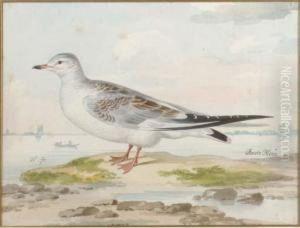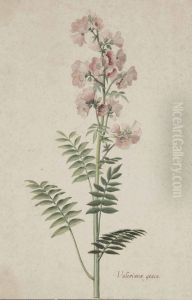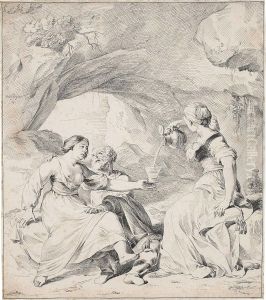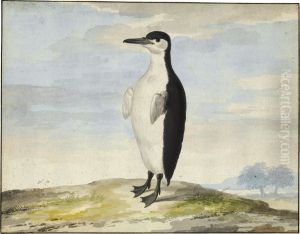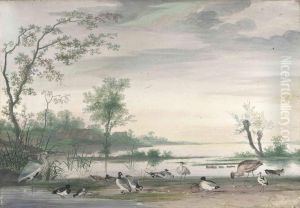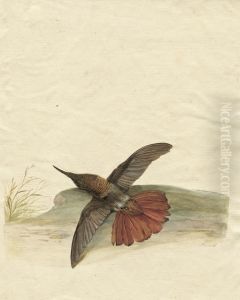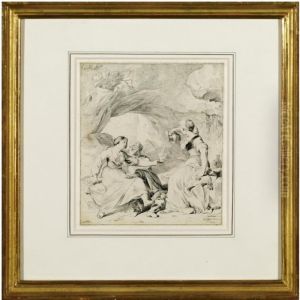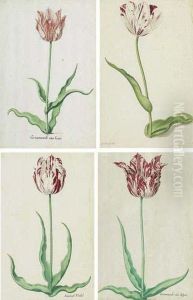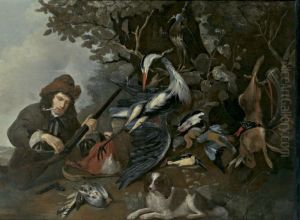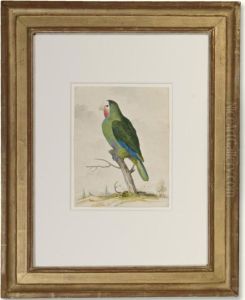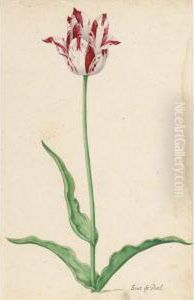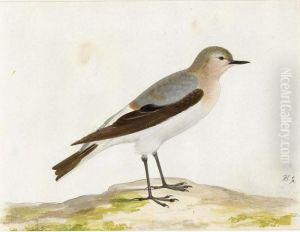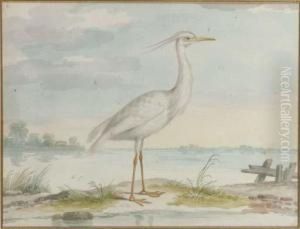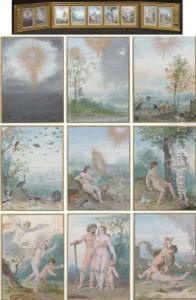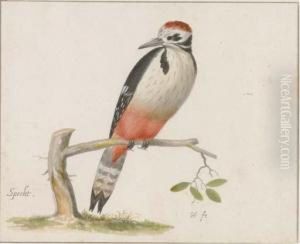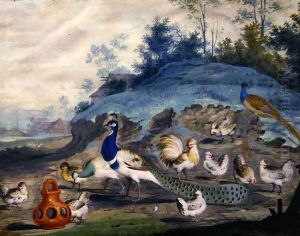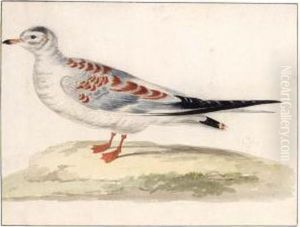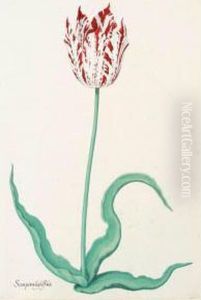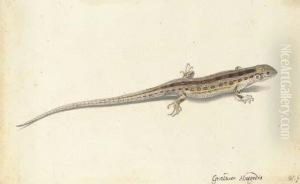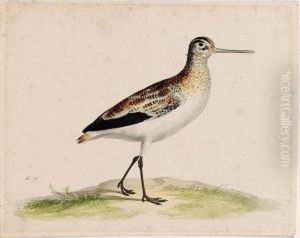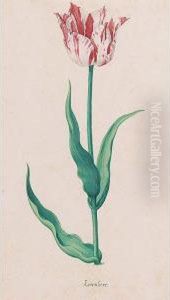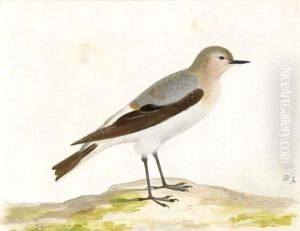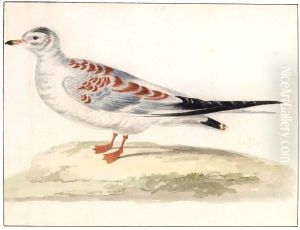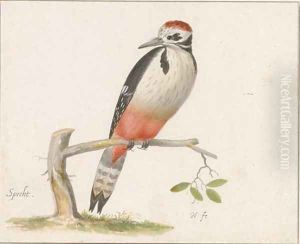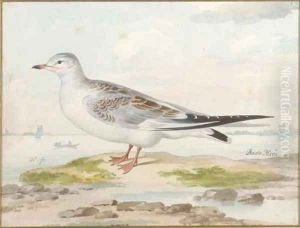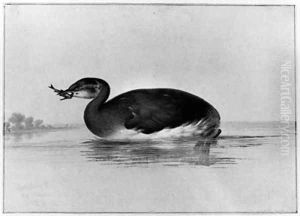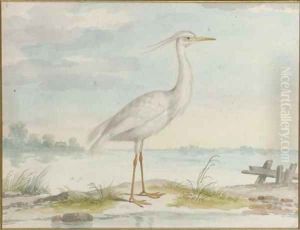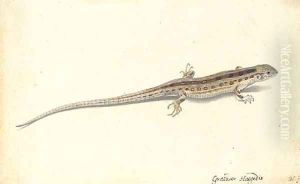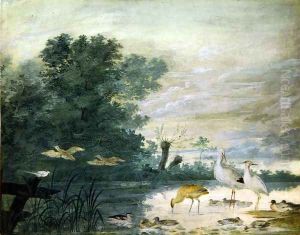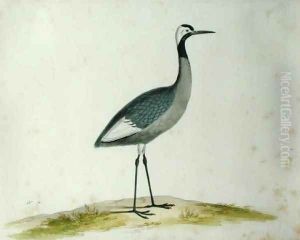Pieter the Younger Holsteyn Paintings
Pieter Holsteyn the Younger was a Dutch Golden Age painter and engraver, born around the year 1614, recognized for his works in watercolor and gouache. His artistic journey was greatly influenced by his father, Pieter Holsteyn the Elder, who was also an artist known for his work with glass paintings and engravings. The Holsteyn family resided in Haarlem, which was a prominent Dutch city for the arts during the 17th century.
Pieter the Younger began his career following in his father's footsteps, developing a style that was reflective of the Baroque movement that dominated the European art scene at the time. He was particularly noted for his detailed and precise botanical illustrations, as well as his contributions to portrait miniatures. His work with botanical illustrations was highly valued for its scientific accuracy and aesthetic appeal, often used in the study and documentation of plants.
Holsteyn's work was not limited to illustrations; he also engaged in creating portraits, genre scenes, and historical paintings. However, his botanical watercolors and gouache paintings are what primarily defined his legacy. These works were sought after by scholars, collectors, and institutions, and they contributed to the visual recording of plant species, both native and exotic to the Dutch regions.
Despite the appreciation for his botanical art, much of Pieter Holsteyn the Younger's life and other works remain less documented compared to other artists from the Dutch Golden Age. He did not seem to have the same level of influence as contemporaries like Rembrandt or Vermeer, but his contributions to the arts, especially in the realm of scientific illustration, were significant for his time.
Pieter Holsteyn the Younger passed away in 1673, leaving behind a legacy as a skilled illustrator and painter who captured the intricate beauty of the natural world. His works continue to be of interest to those studying botanical illustration and the intersection of art and science during the Dutch Golden Age.
